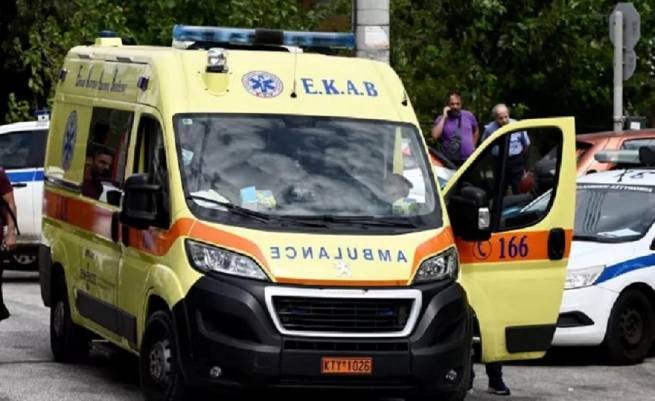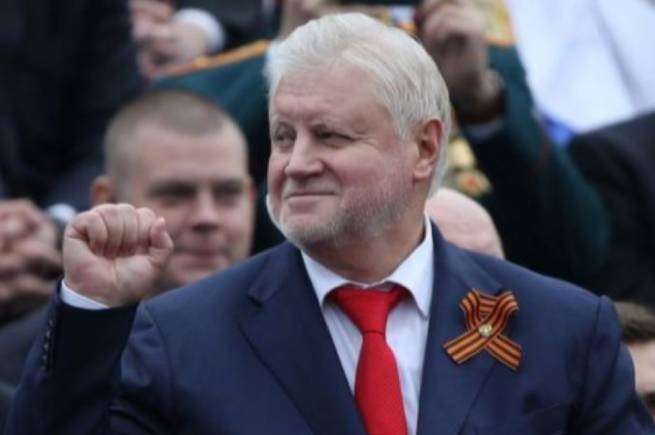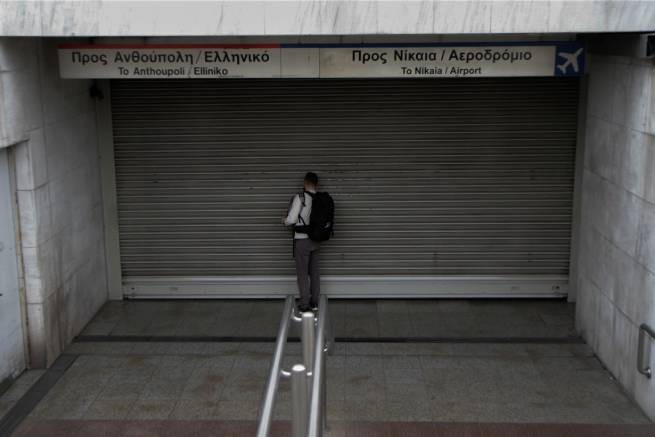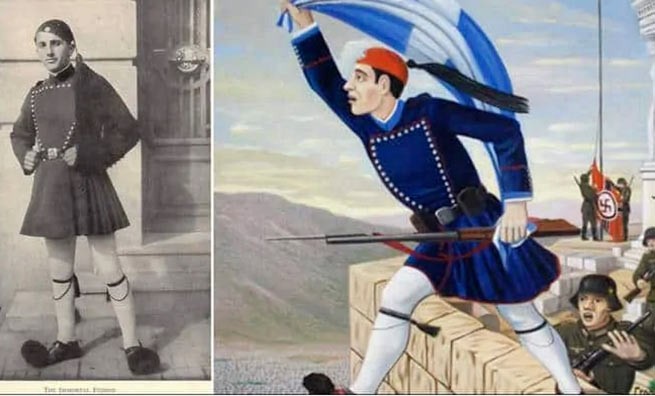The future of Christmas food could include cultured meats, vegetables grown without soil and hybrid protein treats.
In the novel by Charles Dickens “A Christmas Carol” Ebenezer Scrooge’s final transformation from miser to philanthropist is marked by the big, juicy turkey he orders for the struggling Cratchit family and which has inspired Christmas menus across Britain and North America ever since.
Christmas menu
In Victorian households, a family-sized turkey, with all the trimmings including mashed potatoes and stuffing, was the impressive centerpiece of Christmas dinner. In addition, turkey was quite affordable for people of modest means, compared to the more refined cuts of venison and beef enjoyed by the upper classes, which meant that everyone could host a holiday feast.
Depending on your personal traditions, it may be difficult to imagine Christmas without turkey. However, before the 19th century, holiday menus in Britain looked very different. They often included a variety of meats, cakes and liqueurs, and Christmas dishes were not much different from those of other celebrations and holidays.
Two hundred years after the Dickensian turkey boom, it looks like our holiday favorites are due for another radical reimagining. Slaughter-free meat and soil-free vegetables are just some of the innovations predicted to revolutionize food production. Many of these technologies emerged in response to turbulent times for traditional agriculture.
In the UK, turkey farmers are currently grappling with Brexit and disruption due to the COVID pandemic, as well as an outbreak of highly contagious bird flu. Around the world, meat and dairy producers face growing pressure from the climate crisis, rising antimicrobial resistance and the growing popularity of plant-based alternatives. Even Christmas vegetables are threatened by drought, floods and loss of farmland due to soil erosion.
We’ve watched enough science fiction movies to know that predicting exactly what the future will be like is a pretty futile task. Instead, we’ve put together a menu of possible food futures based on technologies currently in development.
Christmas becomes cultural
According to food historian Kathy Kaufman, one of the legacies “A Christmas Carol” became “The grisly murder of the Christmas turkeys”. No-slaughter meat, also known as “cultivated” or “grown”.
In this approach, animal cells are grown outside the body in bioreactors (artificial systems that maintain a biological environment). Technologies such as precision fermentation and genetic engineering are also being used to reprogram yeast and bacteria cells to create milk without cows and eggs without chickens.
Turkeys raised in cages probably won’t take center stage on Christmas tables for a long time. The first cultured meat product to hit the market will be a hybrid chicken nugget made from a mixture of cultured cells and plant ingredients in 2020. But so far we do not have the technical capabilities to create more complex structures of large pieces of meat, although a lot of money is now being allocated to solve this problem.
We already grow some fruits and vegetables in artificially sustainable conditions using soilless hydroponic farms – you can be sure that the tomatoes in your refrigerator are grown hydroponically. This trend will continue, with bulbous crops such as broccoli and Brussels sprouts now being grown without soil.
However, many uncertainties remain about whether these technologies can compete with factory farming or deliver the environmental and ethical leaps their proponents promise.
Hybrid meat substitutes
Hybrid meat substitutes can offer meat flavors and textures with a potentially smaller environmental footprint than traditional animal-based products. A holiday example includes hybrid pigs in blankets made from cultured pork and fat cells, supplemented with soy or pea proteins.
Such hybrid products represent gradual steps to reduce meat consumption rather than an immediate radical overhaul of the food system. However, whether they will be a ticket to long-term meat-free behavior or simply expand consumer choice remains to be seen.
If there is an overall reduction in meat production and consumption across the world in major meat-eating countries such as the UK and US, then high-quality ‘real’ meat from climate-conscious small producers may be reserved for special occasions such as Christmas. The rest of the year we could stick to a menu of plant-based foods and meat alternatives. But the main issue is whether people are willing to reduce their meat consumption to such an extent.
No turkeys
Of course, turkey dinner is just one version of many seasonal menus enjoyed by cultures around the world, which means we don’t necessarily have to follow its formula when imagining future Christmas feasts.
Perhaps we’ll dine on insect-based Christmas cakes with seaweed harvested by robots, drink holiday-flavored nutritious drinks, or eat imitation meat made from air-eating microbes.
Alternatively, we could finally give up traditional meat and ultra-processed protein foods, and switch to a meat-free menu of vegetables and legumes, as is already common in some Christmas traditions around the world.
Many of these scenarios have far-reaching implications for the future of food and agriculture – from changing livelihoods and agricultural landscapes to deciding which industries will control our food systems.
While the turkeys may vote on many of these options, it is important to understand who else will win or lose in each case and what other decisions may not be on the table. Changes in food systems are nothing new. However, if we want to ensure the most sustainable and equitable future for all, we need to think about how these changes happen.
Alexandra Sexton is a research fellow in the Department of Geography at the University of Sheffield.
Duncan Cameron is Professor of Plant and Soil Biology, University of Sheffield.







More Stories
Union of Judges: “People’s courts were created against us with the loyal attitude of the government”
Borrell: "Europeans will not go to die for Donbass, but they could help Ukrainians stop dying for Donbass"
Court in the Mati case: “10 euros a day is the price of the lives of our children”